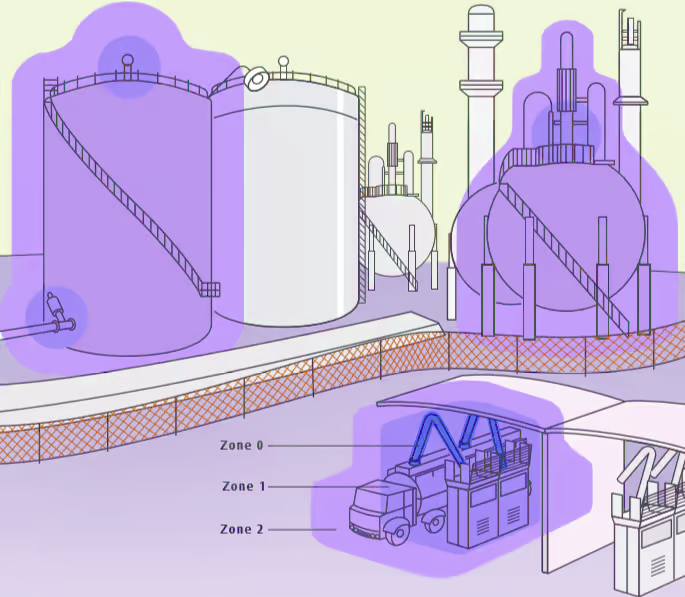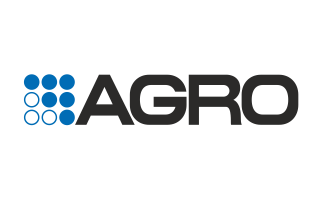
Blog
Types of Ex-Proof Protection (Zones)
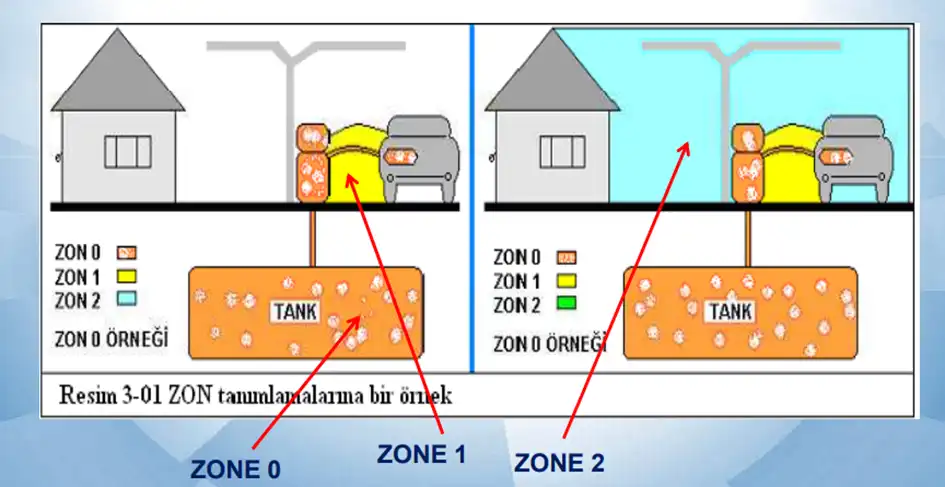
Hazardous Area Classification – Gases
Zone 0
Covers areas where an explosive gas atmosphere is present continuously, or for long periods of time.
Examples: closed containers with flammable gases or vapors, sealed gas or vapor storage tanks, tanks containing flammable liquids.
Zone 1
Covers areas where an explosive gas atmosphere is likely to occur occasionally during normal operation.
Examples: environments where explosive atmospheres may occur due to maintenance, repair, or leakage; leaks from valves and joints on pipelines carrying flammable liquids and vapors.
Zone 2
Covers areas where an explosive gas atmosphere is not likely to occur in normal operation, and if it does occur, it will only exist for a short period of time.
Examples: areas adjacent to Zone 1, areas with sufficient ventilation but still subject to occasional leaks or vapor emissions.
Hazardous Area Classification – Dusts
Zone 20
Covers areas where explosive atmospheres in the form of a combustible dust cloud are present continuously or for long periods of time.
Examples: the inside of tanks, silos, or pipelines containing combustible dust.
Zone 21
Covers areas where explosive atmospheres in the form of a combustible dust cloud are likely to occur occasionally under normal operating conditions.
Examples: areas in the immediate vicinity of Zone 20, around dust filling and discharge equipment.
Zone 22
Covers areas where an explosive dust atmosphere is not likely to occur in normal operation, and if it does occur, it will only exist for a short period of time.
Examples: areas where explosive dust–air mixtures do not normally form under normal conditions, or if they do, they only occur infrequently and for a short duration.
|
Zone Classification for Gases |
Hazardous Area Zoning for Gases |
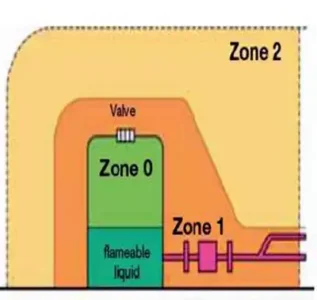 |
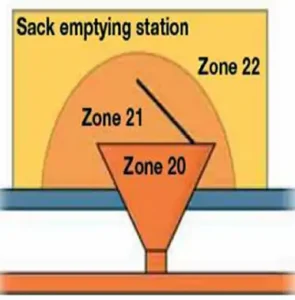 |
